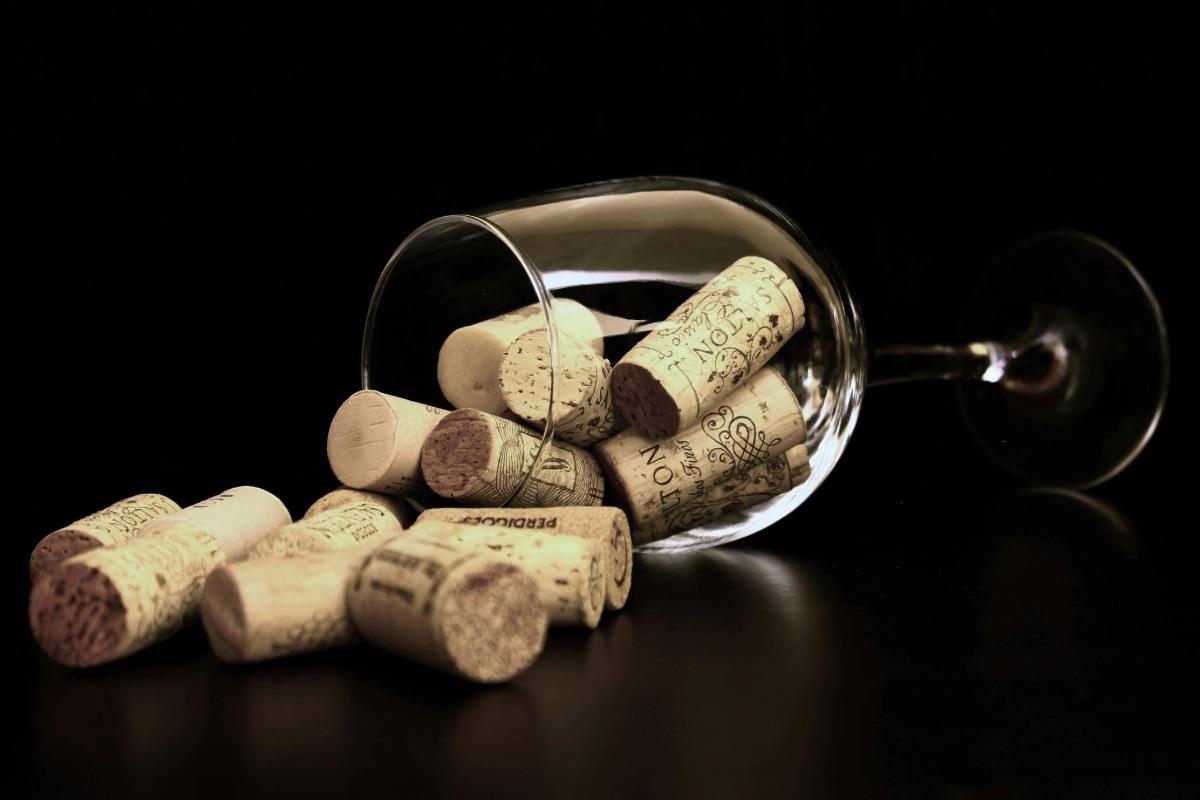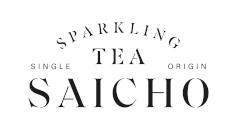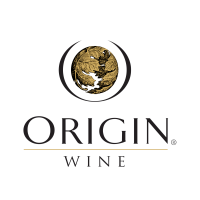One of the surprises when I first became interested in wine was discovering that some bottles were expected to be faulty. Not occasionally - but often enough that a small proportion of wines bought in a shop or restaurant would already be ruined before you pulled the cork.
The ritual of tasting wine in restaurants stems from that era - not to see if you like the wine, but to check if it's sound. In other words: it's so you can stop a faulty wine in its tracks. Today, it's less of an issue and yet the ritual continues - to the mild confusion of many customers.
The main fault encountered in wine was, for a long time, related to the way that the wine bottle was sealed. A good cork is a remarkable natural solution for sealing a wine bottle. It provides a tight seal, keeping the wine in. But it also has an interesting characteristic that helps with the complexities of post-bottling wine chemistry. For the first few months after the bottle is sealed, the cork releases oxygen that has been dissolved in its structure. It's just a little, but this tiny dose of oxygen seems to play a role in letting the wine settle into its new home without developing reductive characters. Then, after the first few months the cork allows a very tiny, almost negligible ingress of oxygen that also has a role in post-bottling wine chemistry. The idea that the cork 'breathes' is a nonsense. If there were much oxygen entering the wine, then it would oxidise. And a good cork keeps the seal intact for perhaps 50 years, maybe even longer.
Of course, we are talking here about a good cork. And because cork is a natural product, punched from the bark of the cork oak, Quercus suber, it varies. If you look at a cork there are small holes and darker coloured imperfections, which are traces of lenticels, the pores in the bark that allow air through. These are colonized by microbes, and sometimes these microbes contaminate the cork with a molecule called 2,4,6-trichloroanisole. This is where fungi have decontaminated environmental chlorine and the resulting anisole has a very strong musty smell. In the cork processing stages the idea is that any contaminated bits of cork should be eliminated, but it isn't always easy to spot them. And the boiling and washing stages used to clean the planks of cork before they are punched can also spread this pungent molecule through a whole batch of cork.
The human nose is exquisitely sensitive to TCA, and a few drops of this molecule in a big swimming pool can still be detectable. So a corked wine is one where there is a musty taint, delivered to the wine by the cork. It can be extreme, noticeable to everyone, or it can be subtle, detracting for quality but only picked up by people who are examining the wine critically and know what to look for. Before the mid-1990s pretty much every wine bottled was sealed by cork, and the demand for cork had gone up considerably with the emergence of new wine-producing countries. Quality control in the cork factories of Portugal and Spain had seemingly relaxed, to the point that people were quoting rates of cork taint as high as 10%. In Australia, in particular, the rates of taint were simply unacceptable. Some suggested that far-off markets were being sent the worst batches of cork.
But as well as taint issues, the corks were variable in their performance, with some letting considerable amounts of oxygen in, resulting in premature oxidation. From the mid-1990s people began trying alternatives. Plastic corks were one option, and from 2000 screwcaps, which had been tried in the 1970s and then not pursued as a closure option, began to make inroads in Australia and New Zealand. They gained rapid acceptance.
In 1999 a very important closure study was initiated by the Australian Wine Research Institute. This compared the same wine, a Clare Valley Semillon, sealed with 15 different closures. This scientific approach began to reveal very interesting things about post-bottling wine chemistry. In brief, the plastic closures were a disaster. Even though they kept the wine in the bottle and caused no taint, they allowed oxygen to diffuse through the body of the closure and the wines had a short shelf life. Cork was variable, as you'd expect, and some of the bottles were tainted. No surprises there.
The screwcap did well. Remember, the seal of a screwcap is in the liner that is used. Two are commonly used in wine. The most common one is the tin/saran liner, which has a metallic appearance, and allows very little oxygen in. It's almost a hermetic seal. The other is the saranex liner, which has a white appearance. This allows a little oxygen transmission, and is good for short to medium-term storage of wine. The tin/saran-lined screwcap kept the wine freshest and fruitiest, but this came at a slight cost. There was a tiny bit of rubbery/matchstick reduction in the wine, a characteristic which developed over time. The very very low level of oxygen transmission seemed to be encouraging this slight reduction in the wine.
Overall, though, the screwcap with the tin/saran liner has proven to be a reliable, taint-free way of sealing a wine bottle. It's also cost-effective, much cheaper than a good cork.
Since then, we've also seen the rise of technical corks. These are corks made of small bits of cork that have been glued together to create a mechanically consistent closure with many of the good properties of cork. And it's possible to clean these fragments of cork before they are glued together. DIAM is a famous closure that uses critical point carbon dioxide as a way of stripping out any potential taints. Now the patent for this technology has lapsed, others are also using it.
For natural cork, the taint rate has gone down. This is partly because of improvements in the boiling and washing protocols by the cork manufacturers, and also because of handling cork planks in such a way that they avoid developing contamination. In addition, for premium producers willing to pay, there are ways of checking corks for taint before they are used.
Today, closure choice is regarded as an integral part of winemaking style. Some producers value the tradition and ageing potential of natural cork; others prefer the consistency and neutrality of screwcap. Technical corks now offer a middle ground, delivering reliability without losing the romance of cork. The good news is that, after decades of debate, wine drinkers can expect far fewer faulty bottles - and far more confidence in what's under the seal.

Closures for Wine: From Faults to Confidence
With cork's hegemony long since faded into history, closures have become a critical point of difference and stylistic choice. Jamie Goode charts a story of science, innovation, and evolving trust.

The world of closures has evolved massively since the 20th century.











.png)






